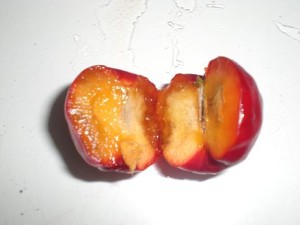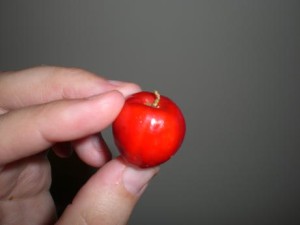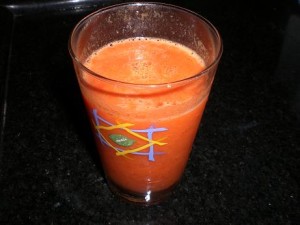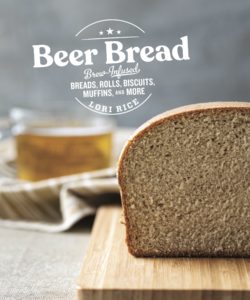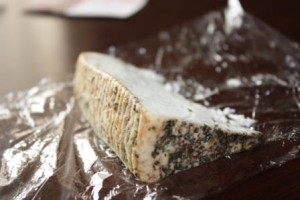 I’ll be honest. The first time I had goat cheese I did not care for it. There was something about the tart and tangy taste that would take some getting used to for me. After my somewhat negative flavor experience I began to find myself sifting through beautiful recipes in the food blogging world and feeling like a bit of an outcast because I wasn’t crazy about goat cheese.
I’ll be honest. The first time I had goat cheese I did not care for it. There was something about the tart and tangy taste that would take some getting used to for me. After my somewhat negative flavor experience I began to find myself sifting through beautiful recipes in the food blogging world and feeling like a bit of an outcast because I wasn’t crazy about goat cheese.
After a little research I’ve realized that my first encounter was with chevre – the fresh, soft, French-style. I haven’t had it in a long while so I can’t be sure my tastes haven’t changed, but because of this experience I’ve stayed away from goat cheeses.
Well, until a couple weeks ago.
At that time I was in the middle of my visit to Lexington, KY, where I lived prior to my move abroad. I was scheduled to run a 5K that Saturday morning, but I got up early just so I could make a round at the Farmer’s Market before heading out to the event. As I was walking down the street I noticed a cheese vendor out of the corner of my eye.
The gentleman manning the booth was in the process of setting out samples as he was speaking to a customer about his product. I overheard the conversation and quickly learned that it was goat cheese. But wait. It didn’t look anything like the goat cheese I had before.
It was sliced in wedges from a round wheel of cheese and had a beautiful molded rind around the exterior. I could smell the intoxicating aroma as he pulled the different varieties out of the box. After their conversation ended I took the opportunity to learn more about this goat cheese.
Well, first of all, it is a local Kentucky product from a company called Sapori D’Italia. Second, they are Artisan Cheese Makers producing authentic “old world” Italian cheeses. How authentic? Well, the Cheese Master is from Napoli. Who knew we had such wonderful Italian culture in good ol’ Kentucky!
I was given a sample, and remembering my past experience, I gave it a chance but was expecting the worst. The final call – I had some of the most amazing cheese I have ever tasted! I am not exaggerating. It was fantastic!
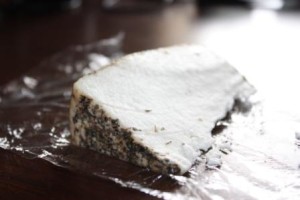
He had carefully removed the rind and you might expect that the flavor would go with it, but the herbs that encrusted the outside had seeped into the cheese giving it the most amazing flavor. The texture was somewhat crumbly like a feta, but the moment it hit your tongue it became creamy and smooth.
I later learned that I had sampled the Caciotta Alpina al Erbe, a variety encrusted and aged in Italian herbs. This is only one of six types they make, according their web-site.
After talking a bit about my work and food blogging I was given a generous sample of a wedge to enjoy later. Since I was in a hotel at the time I don’t have any fabulous recipes to share with you using it, but honestly this cheese needs no co-star.
I ate it by itself and enjoyed every bite. I can only imagine how wonderful it would be with some sweet fruit or atop a leafy green salad.
The good news is the availability of this goat cheese is spreading quite rapidly. In addition to the Lexington Farmer’s Market it can be found in many stores in Lexington and Louisville, KY as well as stores in Ohio including some Whole Foods. It is also served in a variety of restaurants in the area. You can find out more about availability here.
If you have the opportunity to get your hands on some of this cheese I would highly recommend it. I am happy to say that I am now truly a lover of goat cheese.
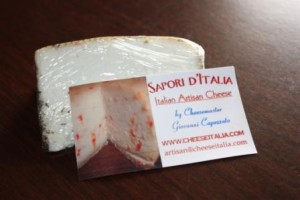





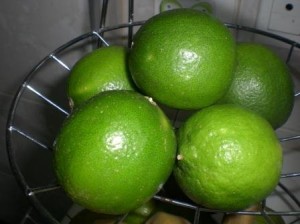






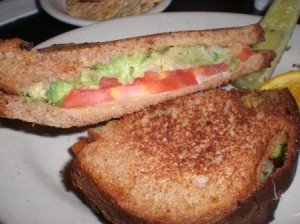
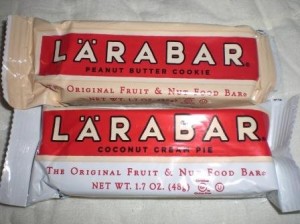
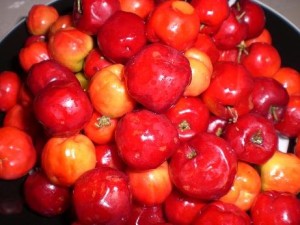
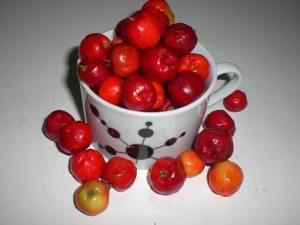 How lucky am I to get to eat the actual fruit and drink the juice instead of sucking down a supplement!
How lucky am I to get to eat the actual fruit and drink the juice instead of sucking down a supplement!